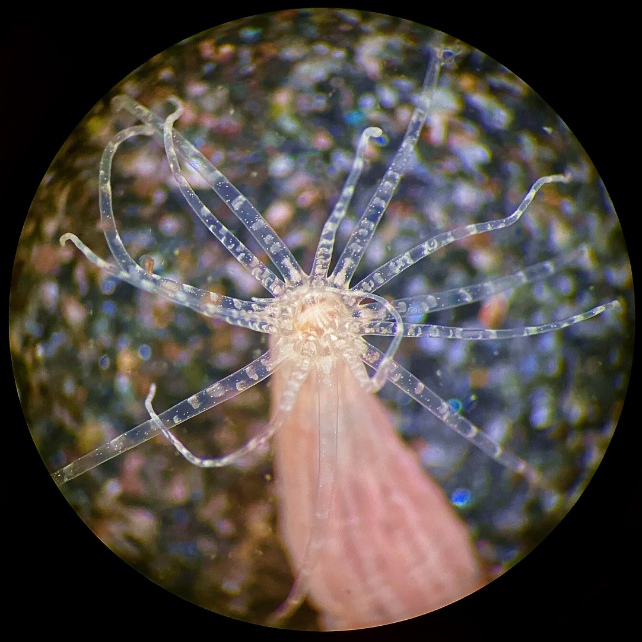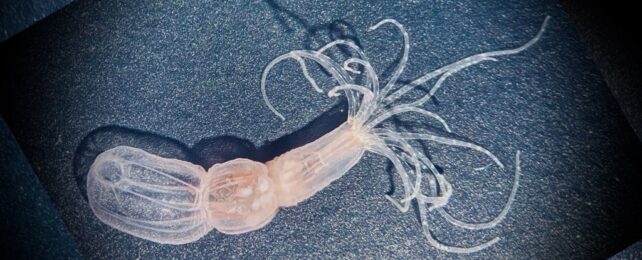Learning is one of life's defining characteristics, and every living thing, from birds to slime mold, possesses this ability to varying degrees.
In the simplest of organisms, repeated exposure to the same stimuli can cause non-associative learning in the form of habituation or sensitization.
According to recent research, starlet sea anemones (Nematostella vectensis) are capable of surprisingly sophisticated learning, as evidenced by their ability to remember the connection between light and electric pulses.
"This is exactly what is called associative learning," says senior author, University of Fribourg neurobiologist Simon Sprecher.
"Proof that even animals without brains are able to display complex behavior thanks to their nervous system."
Animals with a lot of brainpower can easily link a stimulus to a response and change their behavior based on what they've learned and remembered. For example, if you were unlucky enough to find that touching a hot stove led to pain, you would hopefully modify your behavior to prevent a recurrence.
The ability to remember these things is thought to have come about as nervous systems evolved, regulating synaptic strength and plasticity in the brain.
But not all animals have brains. Cnidarians like sea anemones and jellyfish only have a decentralized nerve net, so it makes sense to assume they can only learn in non-associative ways.
To investigate N. vectensis's capacity for associative learning, Sprecher and colleagues from the University of Fribourg in Switzerland and the University of Barcelona in Spain conducted classical conditioning experiments with light and an electric shock.
In classical conditioning, an initially neutral event is paired with a biologically significant outcome in the form of either a reward or a negative consequence.
The authors note that previous research from over 40 years ago produced inconclusive evidence for classical conditioning in sea anemones, but those studies were never replicated.

Sprecher and his team randomly assigned groups of 10 or 18 starlet sea anemones to either paired trials in which light and electric pulses coincided or unpaired trials in which the pulses of light and electricity occurred out of sync.
They used a small electric shock to make animals retract their tentacles, training them by giving them the shock at the same time as a light or at different times.
Then they tested their reactions to the light alone. Animals that received light and electric shock together during training adapted their behavior and reacted to light alone after conditioning.
In the group that had previously received the shock at the same time as the light, 72 percent retracted their tentacles at the light alone. This was more than double the reaction rate (30 percent) of the animals trained with the shock and light at different times.
By using software to track the body length of the animals at each point in the test, the team also measured the extent of the retractions. They found that the maximum length of retraction was significantly longer in animals trained with the shock and light together compared to the unpaired group.
"Overall," the authors write, "these animals displayed a quantitatively and qualitatively different behavioral response compared to control animals that received unpaired stimuli."
However, it is still unclear whether cnidarians share the same types of neurotransmitters or neuromodulators that we do, such as serotonin or dopamine, and it is possible that associative learning evolved independently in these animals.
The researchers note, "In most model organisms, defined neural circuits and molecular mechanisms responsible for specific forms of memories have been identified."
They suggest this ability of cnidarians to learn is an example of "embodied cognition" and prompts research into the structure of memory in organisms that do not have a typical brain.
"We know very little about the workings of the learning process in animals that have an apparently simple nervous system," says Sprecher.
"So we have the necessary framework to push our research further."
Their research has been published in the Proceedings of the National Academy of Sciences.
